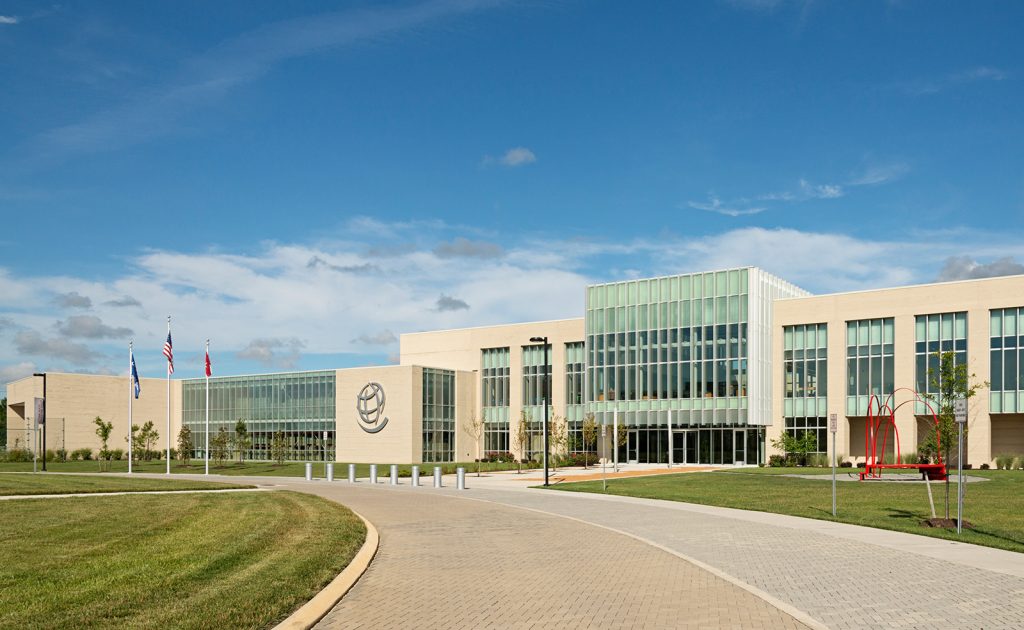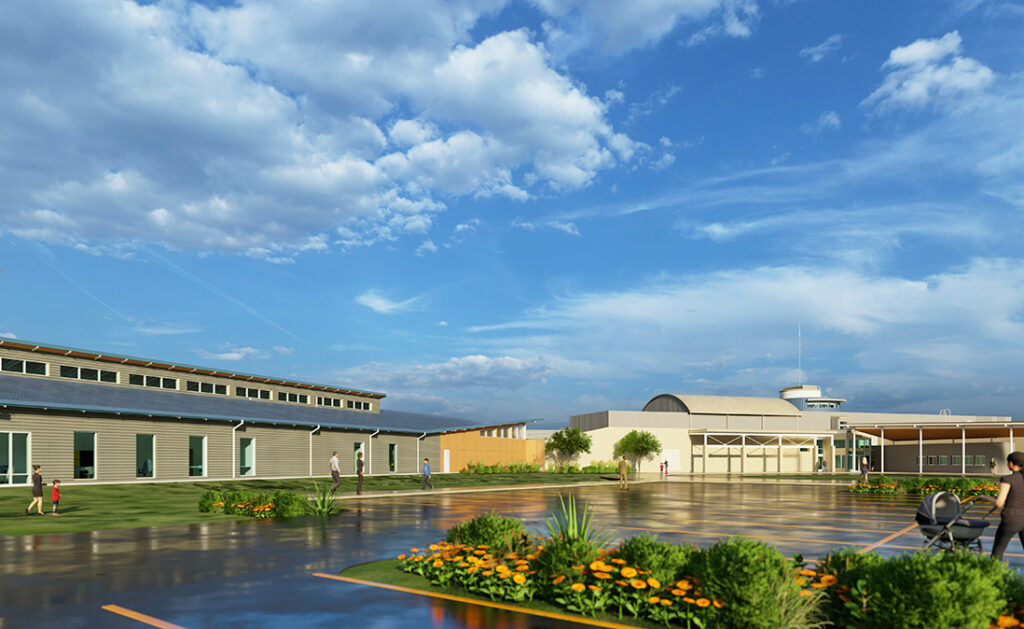Commissioning CONCEPT
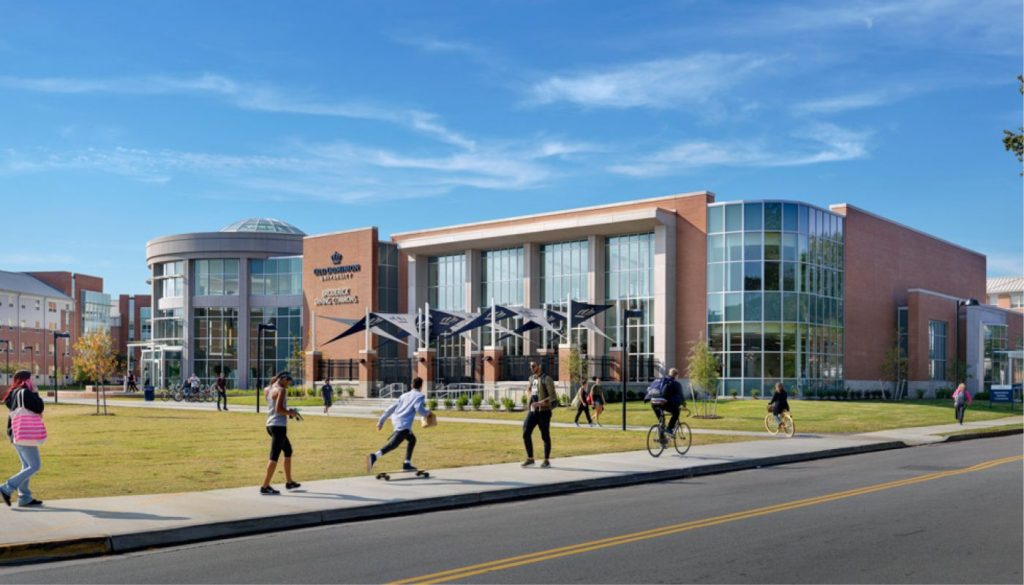
Total Building Commissioning is a comprehensive, systematic, and integrated process that ensures all components and systems of a building are designed, installed, tested, operated, and maintained to meet the owner’s operational needs. This process extends beyond just the mechanical systems to include architectural, building envelope, and utility systems, in addition to the more traditional mechanical and electrical systems. It begins at project inception during the pre-design phase and continues throughout the lifecycle of the building with periodic checks and optimization. Total Building Commissioning ensures that the entire building performs optimally and interactively to support the owner’s mission, enhancing energy efficiency, indoor air quality, occupant comfort, and system reliability. It is the cornerstone of a successful project, yielding lower operating costs and a healthier, more productive indoor environment.
what’s the benefit
Total Building Commissioning offers several cost savings benefits, including:
Lower Energy Costs: By ensuring that all systems are optimized for peak performance, total building commissioning can significantly reduce a building’s energy consumption, translating into lower utility bills.
Reduced Repair and Maintenance Costs: Early identification and rectification of system defects mean fewer repairs down the line. This proactive approach reduces both planned and unplanned maintenance costs.
Longer Equipment Lifespan: Optimally performing systems tend to have a longer lifespan, delaying the expense of replacement.
Improved Occupant Productivity: A well-commissioned building improves comfort and indoor air quality, which can increase occupant productivity and reduce health-related absenteeism. This can lead to substantial savings, particularly in buildings with a large number of occupants.
Reduced Construction Costs: Total building commissioning can help avoid costly construction errors by identifying design flaws and system conflicts before construction begins.
Future Retrofit Savings: Buildings that have undergone commissioning are usually better prepared for future retrofits or system upgrades, potentially lowering these future costs.
Lowered Risk of System Failure: Commissioning reduces the risk of major system failures that can lead to expensive repairs, business interruption, and damage to the reputation of a business.
Cost Savings from Sustainable Certification: If a building is aiming for a sustainable certification (like LEED), the process of commissioning can contribute to achieving this, potentially resulting in tax incentives, grants, or increased building valuation.
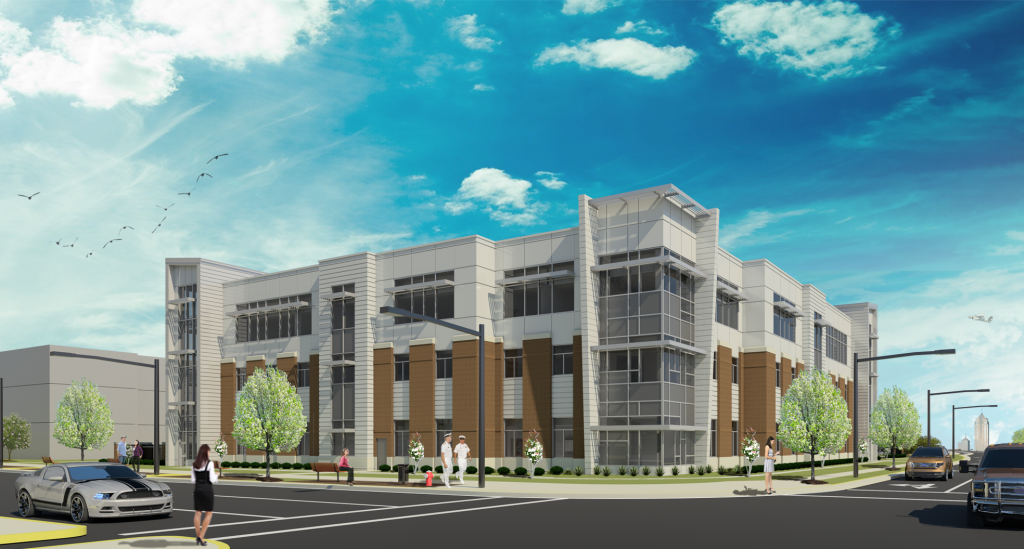
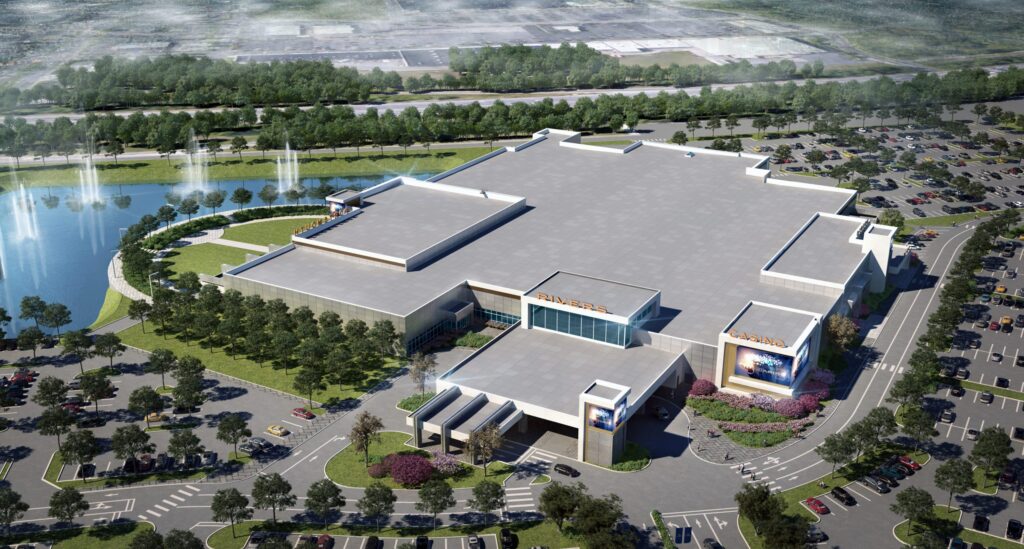
immediate results
Deficiencies most often discovered in both new and existing buildings:
Inadequate Control Sequences: Often, building systems (like HVAC) are not correctly programmed to match the building’s design or occupancy requirements, resulting in inefficient operation.
Poorly Calibrated Equipment: Sensors, thermostats, and other equipment may not be accurately calibrated, leading to incorrect data and poor performance.
Incorrectly Installed Equipment: Equipment might be installed incorrectly or not according to design specifications, which can affect functionality and efficiency.
Insufficient Insulation: Inadequate insulation, especially in older buildings, can lead to energy inefficiency and increased operating costs.
Improper Air and Water Flow Rates: These can impact system performance, energy consumption, and occupant comfort.
Leakage in Building Envelope: Defects in the building envelope, such as windows, doors, or walls, can lead to energy losses, water leaks, and poor indoor air quality.
Air Quality Issues: Problems with ventilation systems can lead to poor indoor air quality, which can have significant health impacts on occupants.
Mismatched System Components: System components that are incompatible or not aligned to work together can lead to decreased system performance and efficiency.
Faulty Lighting Systems: Incorrectly installed or inefficient lighting systems can lead to increased energy consumption and poor lighting quality.
Non-Compliant Fire and Life Safety Systems: If these systems are not installed or functioning as per the code, it could lead to significant safety risks.
Inadequate Documentation: A lack of proper operation manuals, system diagrams, or maintenance schedules can make troubleshooting and regular maintenance difficult and inefficient.
